Disclosure: This article contains affiliate links. We may earn a commission from purchases at no extra cost to you, which helps our travel content.
The morning tram rattles past my window, its distinctive bell echoing through Haga's cobblestone streets as I sip my second cup of strong Swedish coffee. After decades traversing the globe covering sporting events, I've developed a sixth sense for cities that balance cultural richness with natural beauty - and Gothenburg delivers this equilibrium with quintessential Scandinavian understatement. Unlike its showier sibling Stockholm, Sweden's second-largest city doesn't announce its charms with grand gestures. Instead, Gothenburg reveals itself gradually through neighborhood wanderings, archipelago explorations, and conversations with locals who exhibit the same quiet pride I've observed in indigenous communities protecting their traditions worldwide. Having spent a cumulative three months here over several visits (initially tracking the cultural significance of boule tournaments, of all things), I've compiled the essential playbook for experiencing this maritime city as locals do - complete with the strategic timing, cultural context, and environmental awareness that transforms a standard city break into something profoundly more meaningful.
Navigating Neighborhoods: Beyond the Tourist Track
Gothenburg unfolds like chapters in a well-crafted novel, each neighborhood revealing distinct character while contributing to the city's cohesive narrative. While tourists cluster around Avenyn (the main boulevard) and Liseberg amusement park, locals live their authentic lives elsewhere.
Haga, with its preserved wooden houses and café culture, serves as my preferred base. This former working-class district has transformed without sacrificing its soul - a refreshing contrast to gentrification patterns I've witnessed from Wellington to San Francisco. Stay in one of the converted historic buildings now operating as boutique accommodations rather than chain hotels. I particularly recommend the Avalon Hotel for its perfect balance of Swedish design sensibility and central location.
Majorna district reveals Gothenburg's maritime heritage with converted warehouses and a distinctly bohemian energy. Here, locals gather at Röda Sten Konsthall, an art center housed in an old boiler house beneath the Älvsborg Bridge. The juxtaposition of industrial architecture against creative expression reminds me of similar cultural spaces I've encountered in Tasmania's Hobart.
For those seeking Gothenburg's emerging pulse, Lindholmen represents the city's evolution from shipyard to innovation hub. Once solely industrial, this island now houses tech companies alongside cultural institutions. The contrast between preserved cranes and sleek architecture creates a visual dialogue between past and present - something I've found particularly compelling as someone who documents how traditions adapt rather than disappear.

💡 Pro Tips
- Rent a bicycle from Styr & Ställ (Gothenburg's bike-sharing system) to navigate between neighborhoods like locals do
- Visit Magasinsgatan for independent boutiques where Gothenburgers actually shop
- Explore Långgatorna streets in the evening when locals gather at unpretentious bars with excellent craft beer selections
The Archipelago Experience: Gothenburg's Maritime Soul
If you truly want to understand Gothenburg's essence, you must venture beyond city limits to the archipelago - a constellation of islands that locals retreat to with religious devotion during summer months. This granite-carved seascape serves as Gothenburg's collective backyard, playground, and meditation space.
The southern archipelago (reached via public ferry from Saltholmen terminal) prohibits cars, immediately recalibrating your pace to island time. Unlike the manicured precision of mainland Gothenburg, these islands embrace a wilder aesthetic that resonates deeply with my appreciation for natural landscapes shaped by both elements and human presence.
Brännö island offers the quintessential archipelago experience with its red wooden cottages and swimming spots. Local tradition comes alive during summer evenings at Brännö Brygga, where residents gather for traditional dancing - a practice that has continued uninterrupted for generations, much like the indigenous sporting traditions I've documented elsewhere.
For a more secluded experience, venture to Vrangö with its nature reserve and pristine beaches. Pack your own provisions or time your visit around the opening hours of the small island shops. I recommend bringing a portable hammock to string between coastal trees for the ultimate afternoon of reading or simply watching boats navigate the channels.
The archipelago reveals Sweden's deeply ingrained 'allemansrätten' (right of public access) - the freedom to roam responsibly across landscapes regardless of ownership. This principle, which allows camping and foraging with respectful limitations, embodies the environmental ethic I've championed throughout my conservation writing.
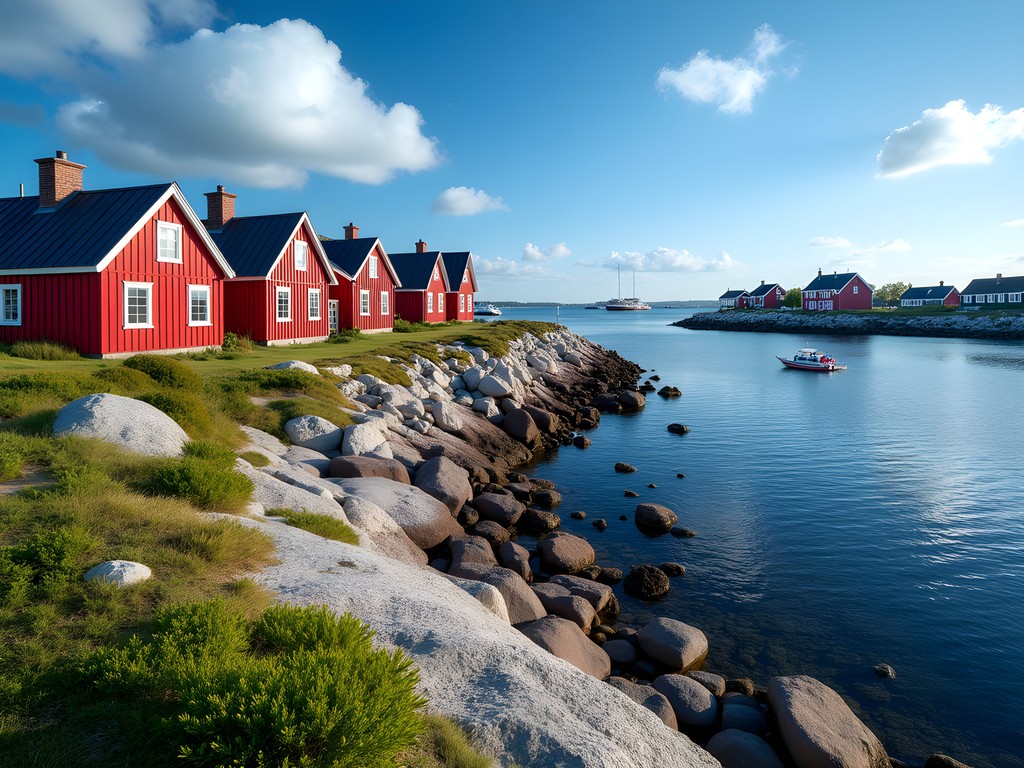
💡 Pro Tips
- Purchase a Västtrafik day card that includes ferry transport to maximize island hopping
- Pack swimming gear regardless of season - locals embrace cold water plunges year-round
- Visit on weekdays during summer to avoid weekend crowds when Gothenburgers themselves flock to the islands
Fika Culture: The Art of Swedish Coffee Breaks
No cultural practice better exemplifies Swedish priorities than fika - the coffee break elevated to an art form that punctuates daily rhythms with deliberate pauses. Unlike the grab-and-go coffee culture I've observed across American cities, fika represents intentional disconnection from productivity to foster connection with others or oneself.
While chain cafés exist in Gothenburg, locals gravitate toward neighborhood institutions where baristas recognize regulars and kanelbullar (cinnamon buns) emerge warm from ovens throughout the day. Café Husaren in Haga serves the famous 'hagabullen' - cinnamon buns the size of dinner plates that somehow avoid the excessive sweetness typical of American pastries.
Da Matteo represents Gothenburg's third-wave coffee movement with beans roasted on-site in their Magasinsgatan location. The courtyard seating transforms into a community gathering space where conversations flow between strangers - a phenomenon I've documented in communal eating spaces from Kerala to Wellington.
For a fika experience that bridges generations, visit Brogyllen, where traditional Swedish pastries are served alongside contemporary offerings in an interior that has remained largely unchanged since the 1960s. The cardamom-scented air and gentle clinking of porcelain creates an atmosphere conducive to the unhurried consumption of both coffee and conversation.
To truly embrace fika culture, I recommend investing in a quality travel mug for those moments when you want to take your coffee to a waterfront bench or park. Locals often extend fika beyond café walls, particularly during summer months when sunlight becomes a precious commodity to be savored alongside coffee.
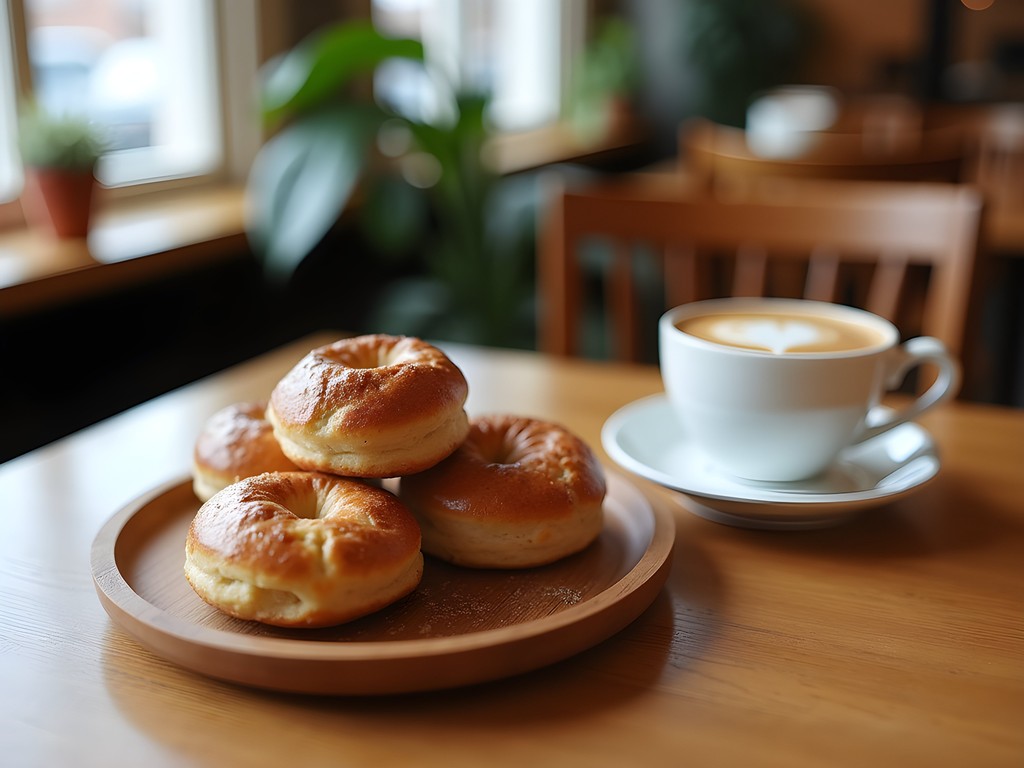
💡 Pro Tips
- Visit cafés between 2-4pm when locals take their afternoon fika break
- Order a 'bryggkaffe' (filter coffee) rather than international variations for the authentic experience
- Don't rush - a proper fika lasts at least 20 minutes, often longer
Green Gothenburg: Urban Nature and Sustainability
Long before sustainability became a global buzzword, Gothenburg was quietly implementing environmental practices that have now positioned it among Europe's greenest cities. As someone who has documented conservation efforts across continents, I find Gothenburg's approach particularly compelling for its seamless integration of urban development with natural systems.
Slottsskogen, the city's main park, functions as Gothenburg's green heart - a space where cultural activities and biodiversity coexist. Unlike the manicured precision of many European parks, Slottsskogen preserves pockets of wilderness where locals forage for berries and mushrooms in autumn. The park's small zoo houses Nordic wildlife, providing educational opportunities about regional ecosystems without the problematic aspects I've observed in larger facilities.
The Garden Society (Trädgårdsföreningen) offers a different expression of Gothenburg's green identity with its perfectly preserved 19th-century palm house and rose garden. Visit during midsummer when the collection of over 4,000 roses reaches peak bloom, creating a sensory experience that rivals gardens I've documented in more traditionally famous horticultural destinations.
For those interested in how Gothenburg approaches sustainability systemically, the Kvillebäcken district demonstrates urban regeneration principles with its energy-efficient buildings and integrated water management systems. Once an industrial area, this neighborhood now serves as a living laboratory for sustainable urban development.
To document your explorations of green Gothenburg, I recommend the compact binoculars that I carry for impromptu wildlife spotting. The city's abundant green spaces attract surprising biodiversity, from northern lapwings in wetland areas to occasional seal sightings along the river.
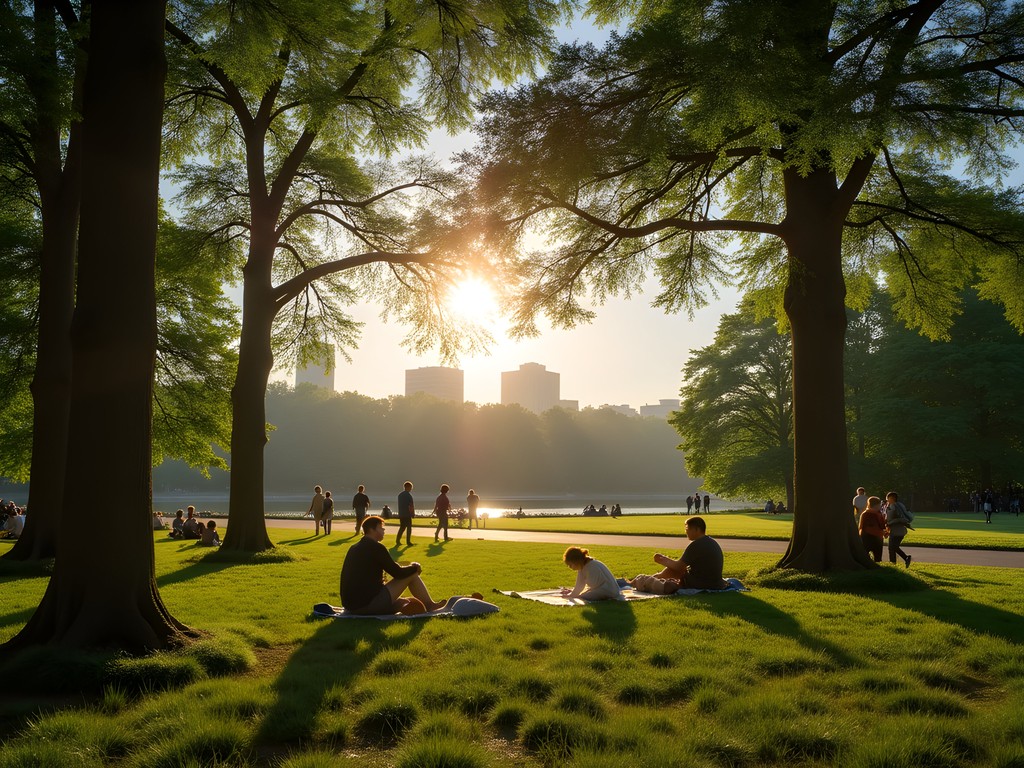
💡 Pro Tips
- Visit Gothenburg Botanical Garden (Botaniska Trädgården) on Thursdays when guided tours in English reveal the scientific work behind the displays
- Explore the 'Rain Gardens' in Kvillebäcken that demonstrate how urban design can manage stormwater while creating beautiful public spaces
- Rent kayaks at Delsjön lakes to experience the city's watershed from a different perspective
Seafood Traditions: Tasting Gothenburg's Maritime Harvest
Gothenburg's culinary identity is inextricably linked to the sea - a relationship evident not just in restaurant menus but in the city's calendar of food-centered traditions. Having documented food systems across continents, I find Gothenburg's seafood culture particularly compelling for its emphasis on seasonality, sustainability, and social ritual.
Fiskekyrkan (the Fish Church) represents the architectural manifestation of seafood's sacred status in local culture. This Gothic-inspired fish market houses vendors whose families have traded here for generations alongside modern eateries serving the day's catch. Unlike tourist-oriented seafood markets I've visited elsewhere, Fiskekyrkan primarily serves locals, making it an authentic window into Gothenburg's culinary priorities.
The late summer crayfish season transforms the city as Gothenburgers gather for 'kräftskivor' (crayfish parties) where these small crustaceans are boiled with dill, served cold, and consumed with ritual songs and schnapps. These gatherings echo the community sporting events I've documented, where the activity itself becomes secondary to the social bonds it reinforces.
For those seeking to understand contemporary interpretations of Gothenburg's seafood heritage, restaurants like Sjömagasinet and Gabriel demonstrate how traditional techniques evolve through modern culinary perspectives. The latter, located within Fiskekyrkan, offers a lunch experience where you can observe market activities while dining.
To fully appreciate Swedish seafood traditions, timing is everything. August brings crayfish, early autumn offers the best lobster, while winter months traditionally feature lutfisk (lye-treated cod) - a polarizing dish that reveals how preservation techniques shaped cultural preferences long before refrigeration.
For picnics featuring local seafood, I recommend bringing a insulated food container to transport delicacies from market to archipelago islands or park settings. This allows you to participate in the Swedish tradition of outdoor dining without compromising food safety.

💡 Pro Tips
- Visit Fiskekyrkan early on weekday mornings to observe restaurant chefs selecting their daily offerings alongside local shoppers
- Try 'räkmacka' (open-faced shrimp sandwich) at Strömma Kanalbolaget for the quintessential Gothenburg lunch
- Book a seafood foraging tour with local guides who demonstrate sustainable harvesting of seaweed and shellfish along the archipelago shores
Final Thoughts
As my tram rattles back toward Brunnsparken on my final Gothenburg evening, I reflect on how this city rewards the patient traveler. Unlike destinations that announce their attractions with neon signs and tour buses, Gothenburg reveals its character through quiet moments: the precise temperature of coffee served in porcelain cups, the subtle shift in light across archipelago waters, conversations with locals who initially seem reserved but gradually share insights with disarming directness. This is a city that operates on its own rhythms - neither hurried nor lethargic, but purposeful. By aligning yourself with these rhythms - embracing fika culture, exploring neighborhoods by bicycle, venturing into the archipelago regardless of weather - you'll discover a Gothenburg that exists beyond guidebook pages. The city doesn't demand your attention with spectacle; instead, it invites your participation in everyday rituals that have sustained its communities for generations. This, perhaps, is Gothenburg's most valuable offering: the opportunity to temporarily step into a life defined by balance, intention, and connection to both natural and cultural landscapes.
✨ Key Takeaways
- Gothenburg rewards slow exploration - prioritize depth over breadth in your itinerary
- The archipelago experience is essential to understanding the city's relationship with its environment
- Embrace fika culture as more than coffee breaks - they're windows into Swedish values
- Seasonal timing dramatically changes your experience, especially regarding food traditions and outdoor activities
📋 Practical Information
Best Time to Visit
May through September, with June-August offering optimal weather and cultural events
Budget Estimate
1500-2000 SEK ($150-200 USD) per day including mid-range accommodation, meals, and activities
Recommended Duration
Minimum 5 days to experience city neighborhoods and archipelago properly
Difficulty Level
Intermediate - Navigation Requires Some Planning But Public Transportation Is Excellent

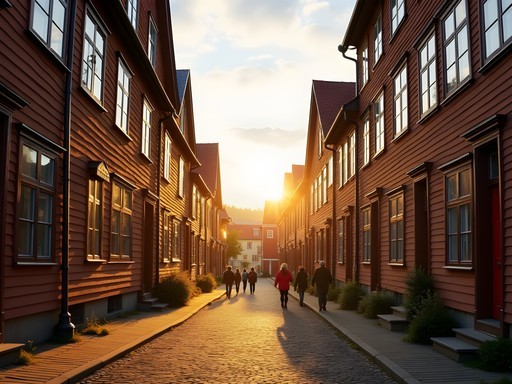






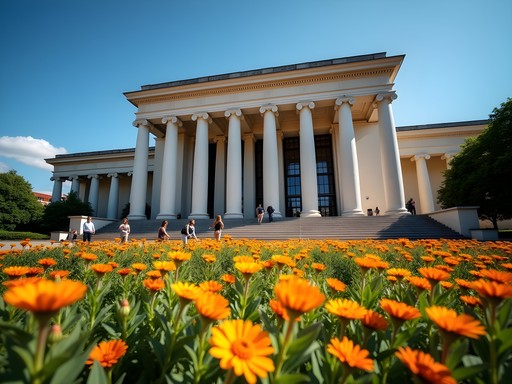

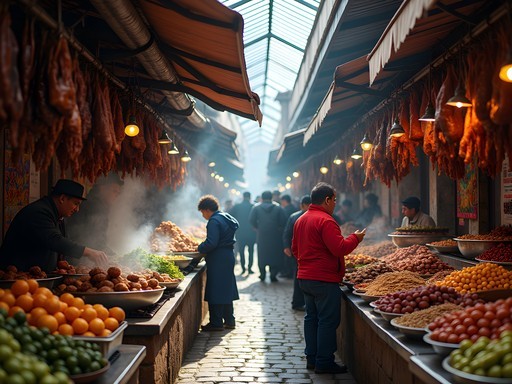

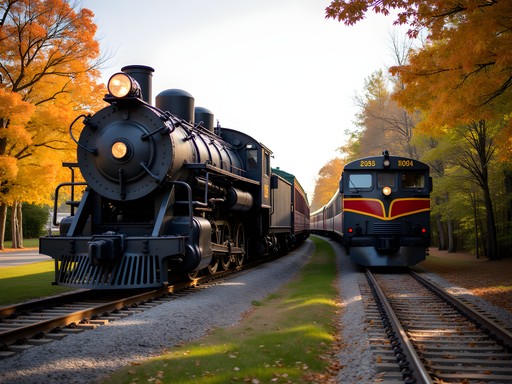

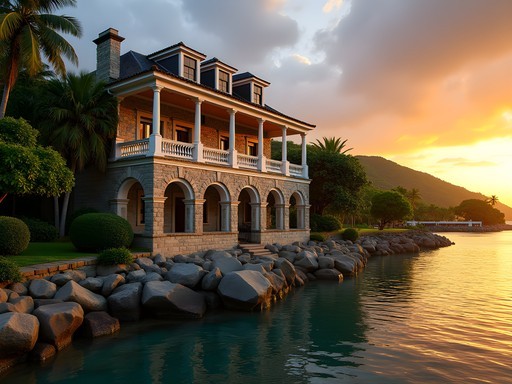

Comments
Hunter Thompson
Just got back from Gothenburg last week and this post was my bible! The fika culture is EVERYTHING Amit describes and more. I found myself planning my entire day around coffee breaks, lol. Pro tip for budget travelers: the Västtrafik app for public transport is super easy to use and WAY cheaper than taxis. I stayed at a hostel in Linné and used trams to get everywhere. Also, don't miss the Feskekôrka (Fish Church) market - I had the best fish soup of my life there. Anyone else try the local craft beers? The microbrewery scene is surprisingly good!
blueone
Omg yes to the craft beers!! Dugges Brewing was my favorite - their sour beers are amazing!
beachwalker
Just got back from Gothenburg and this post is making me miss it already! The Haga neighborhood stole my heart completely!
beachadventurer
Going to Gothenburg in February - is winter a bad time to visit? Will I still be able to enjoy the archipelago?
Amit Sullivan
February is definitely quieter, but has its own charm! The archipelago ferries still run (reduced schedule), and there's something magical about seeing the islands in winter. Just pack your merino layers and enjoy the cozy cafés when you need to warm up!
skymood
I went in March last year. Cold but beautiful. Fewer tourists too.
adventureperson
Love this! Gothenburg has been on my list forever.
Douglas Bradley
Amit's take on Gothenburg's neighborhoods is spot on. I spent two weeks there last autumn and found Haga to be exactly as described - charming without being touristy. What I'd add is that the Slottsskogen park is worth exploring beyond just a quick visit. The open-air museum section gives you a fascinating glimpse into traditional Swedish rural life, and the observatory offers surprisingly good stargazing for being in an urban area. Did anyone else notice how the locals seem to have perfected the art of urban-nature balance? I've rarely seen a city where green spaces feel so integrated into daily life.
oceanrider
Yes! We spent hours in Slottsskogen last summer. My kids loved the small animal park with the elk and seals. And somehow we always ended up at a different café each time we exited the park!
Douglas Bradley
Those cafés are dangerous to the wallet but so worth it! Which was your favorite?
oceanrider
Da Matteo in Haga - those cardamom buns were LIFE-CHANGING!
luckymood
How easy is it to visit the archipelago islands in winter? Planning a December trip and wondering if it's worth it then.
Douglas Bradley
I was there last December actually! The ferries run year-round but on reduced schedules. It's hauntingly beautiful in winter - stark landscapes, dramatic skies, and barely any tourists. Just bundle up with proper gear. I used my merino base layers and was perfectly comfortable even on the windy ferry rides.
luckymood
That's really helpful, thanks Douglas! I'll check the ferry schedules and pack warm clothes.
hikingtime
We did the public transportation too and it was super efficient. Loved how easy it was to get around!
mountaintime
The archipelago photos are stunning! Definitely adding this to my bucket list.
Douglas Bradley
Amit, your perspective on Gothenburg's neighborhoods is refreshingly nuanced. I visited last October and found the city's approach to urban planning fascinating - particularly how they've maintained distinct neighborhood identities while connecting everything with efficient public transit. The Fika culture section resonated deeply; I ended up structuring my days around coffee breaks at different cafés, which became impromptu interview sessions with locals. I'd add that Gothenburg's second-hand and vintage scene is extraordinary - the shops along Magasinsgatan offered better finds than Stockholm's more famous vintage stores. I documented the city's sustainable fashion movement for my blog and found it to be among Europe's most progressive. I used my pocket translator constantly as many shop owners were eager to share stories about their businesses when they realized I was writing about the city.
Amit Sullivan
Thanks Douglas! You're absolutely right about the vintage scene - I should have dedicated more space to it. Magasinsgatan is a treasure trove. Would love to read your piece on sustainable fashion there!
Nicole Russell
Amit, your description of fika culture is spot on! I spent three weeks in Gothenburg last summer and became obsessed with that daily ritual. Cafe Husaren in Haga for those giant kanelbullar was my regular spot, but I also discovered this tiny place called Da Matteo in Magasinsgatan that had the BEST cardamom buns I've ever tasted. The locals I met really opened up during fika - it's such a smart cultural practice for wellbeing. Did you find any hidden gem cafés I should try on my return trip?
Amit Sullivan
Thanks Nicole! Try Kafé Magasinet in Tredje Långgatan - beautiful courtyard and locals love it. Also, Brogyllen is a classic that many tourists miss.
Venture X
Premium card with 2X miles, $300 travel credit, Priority Pass